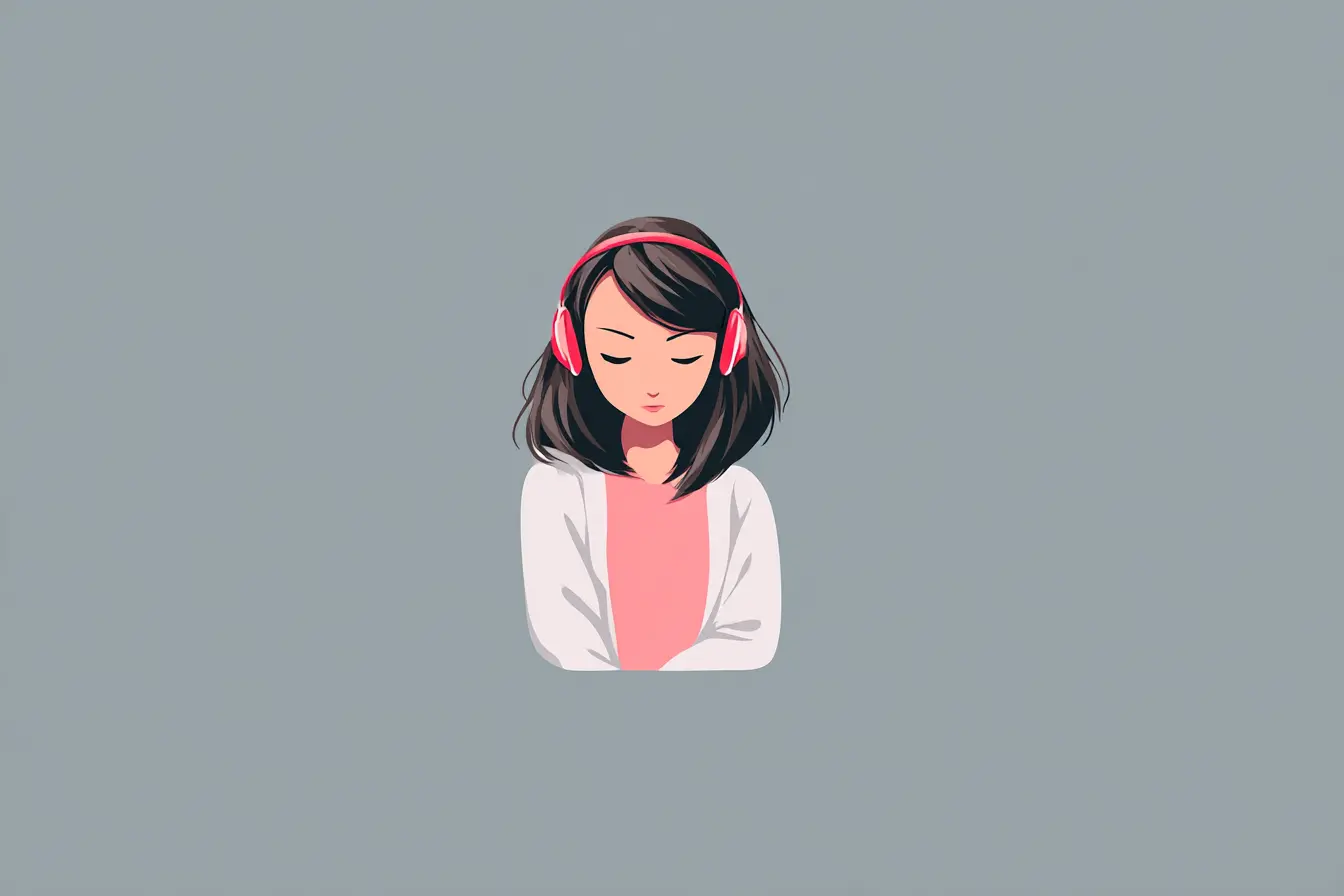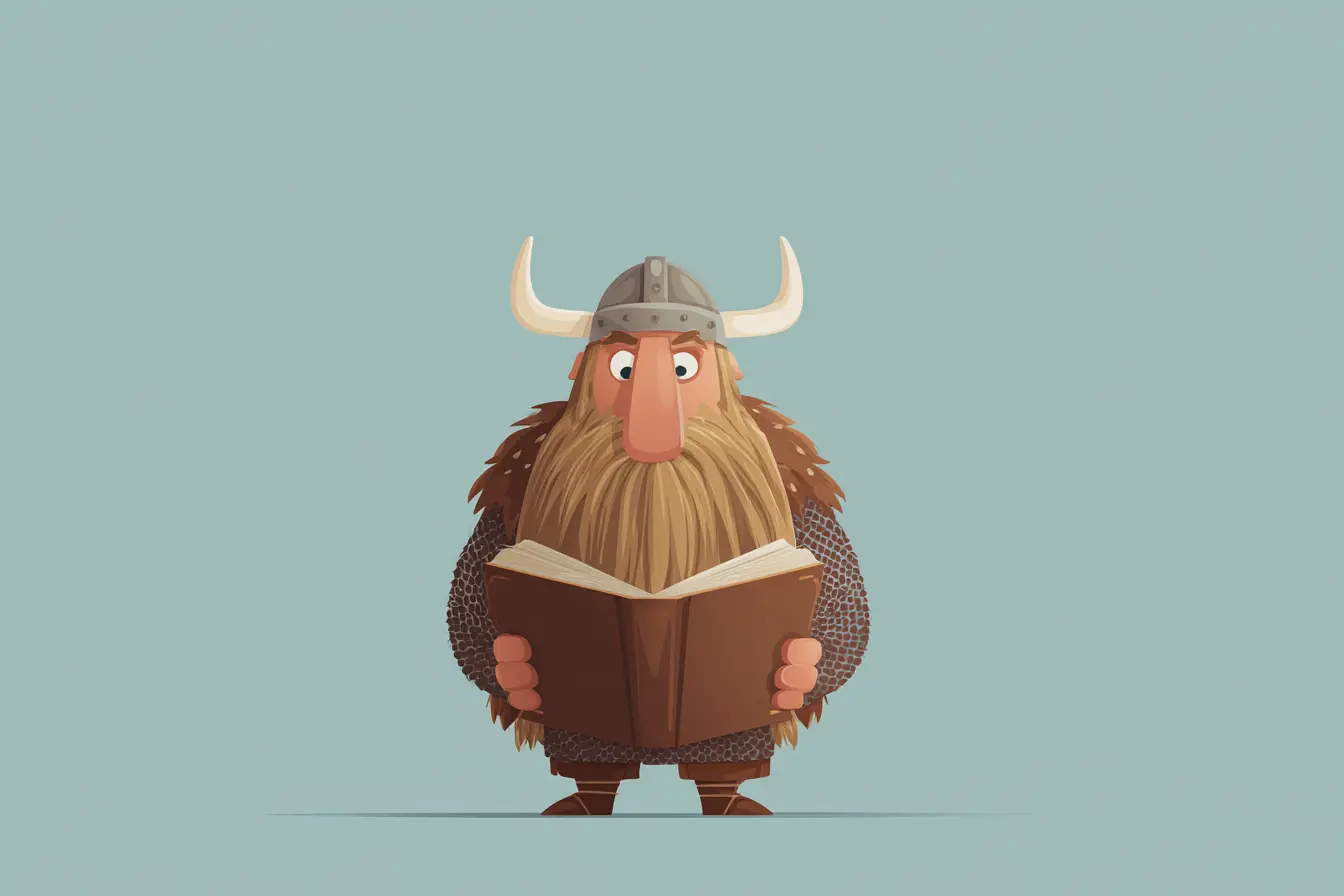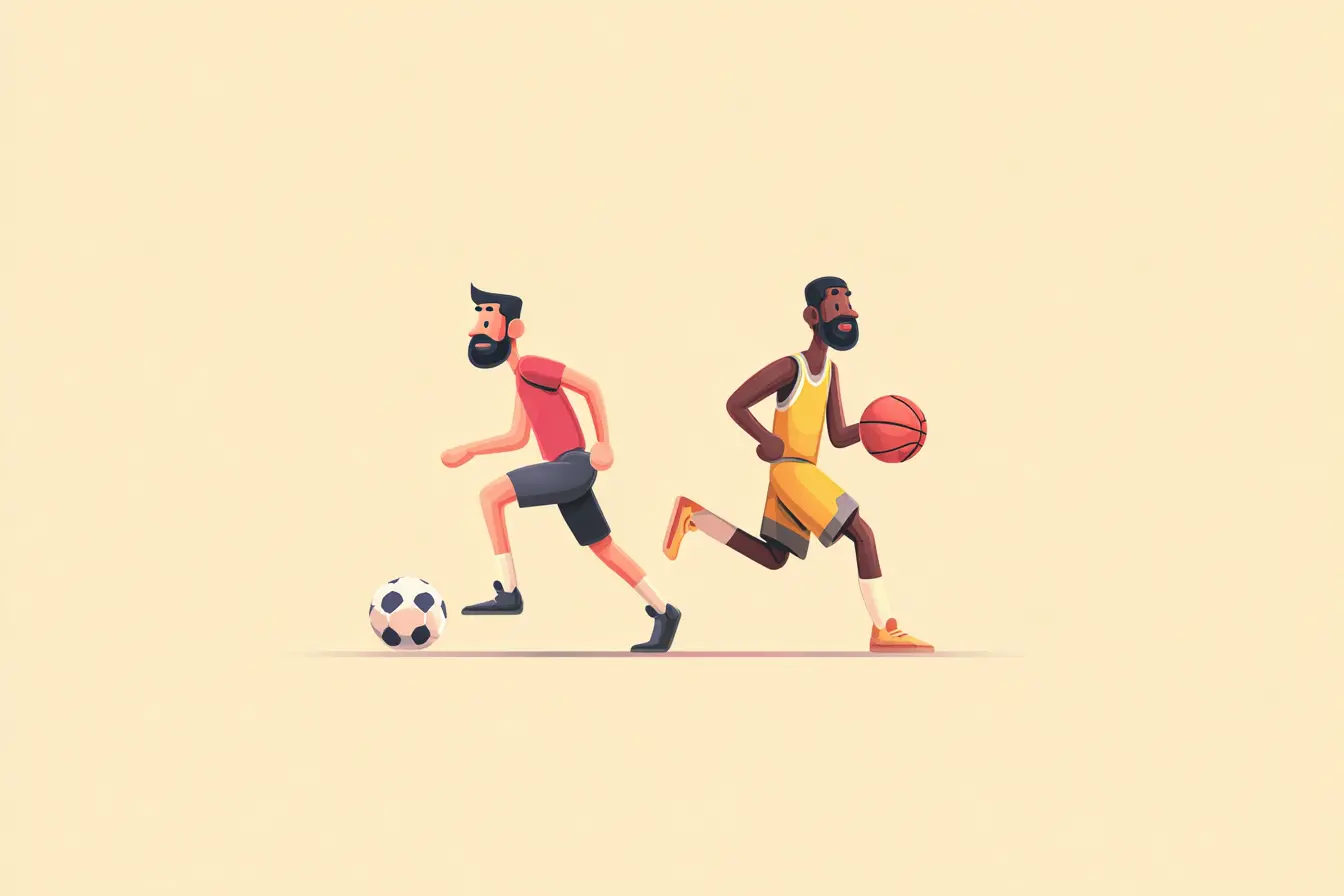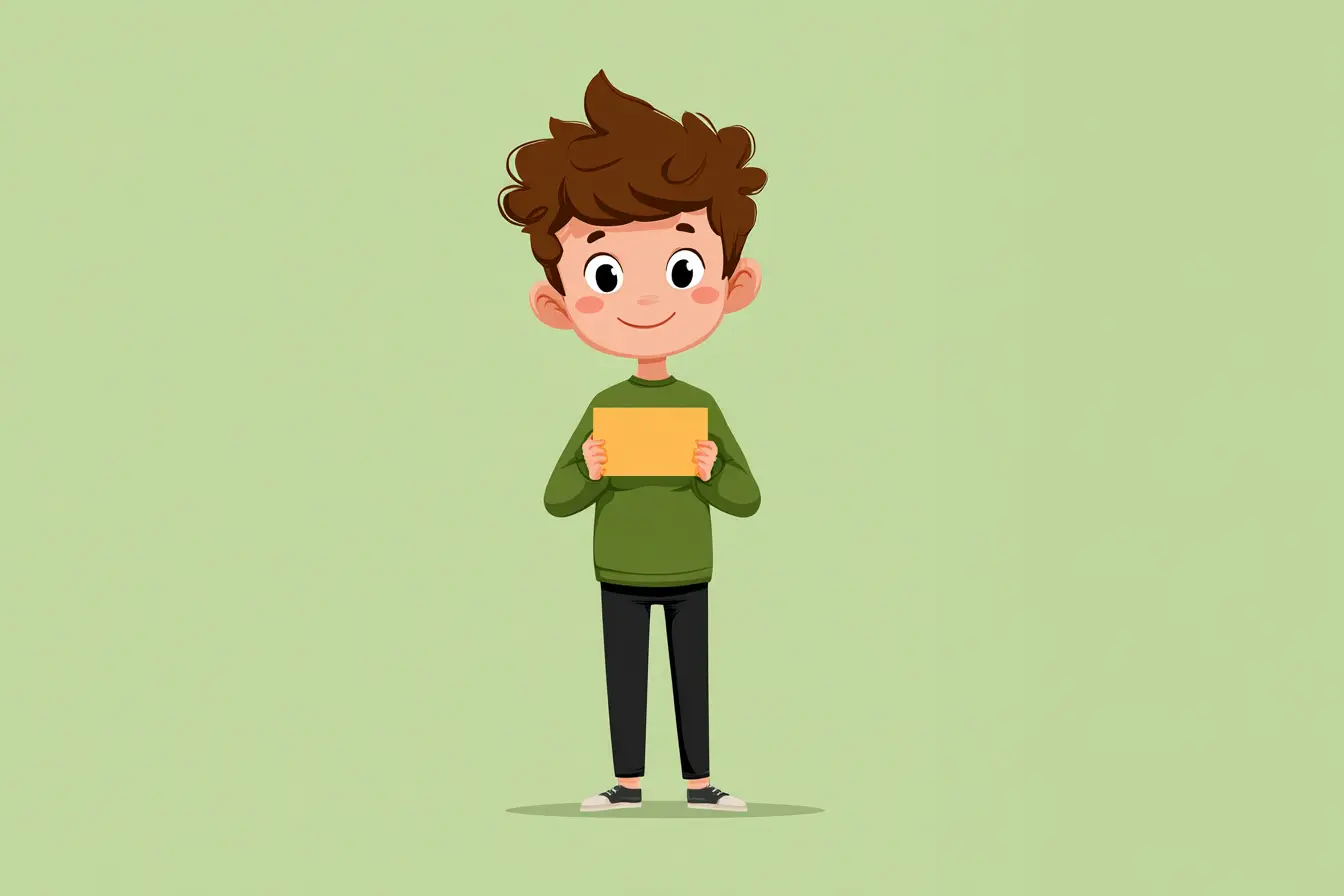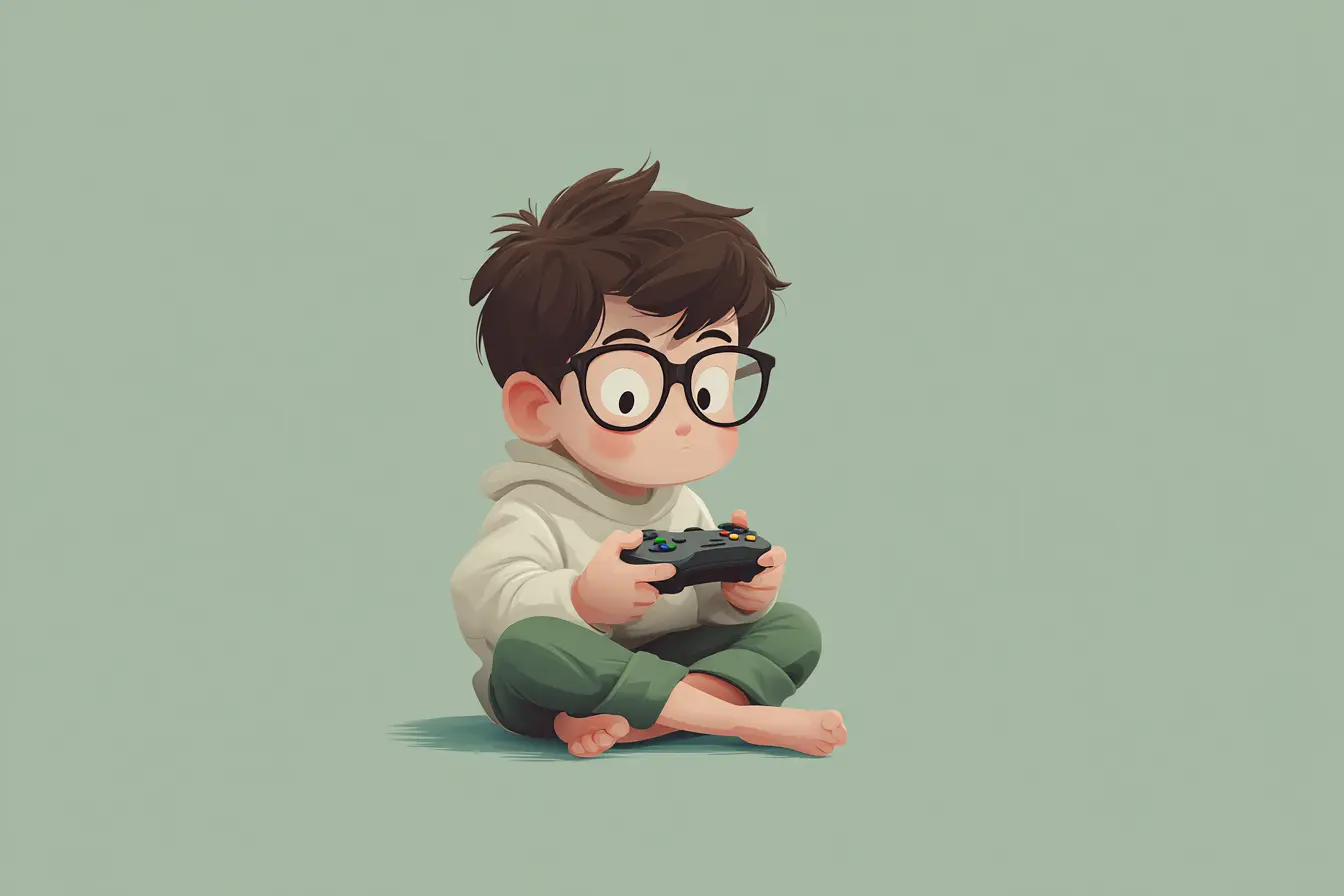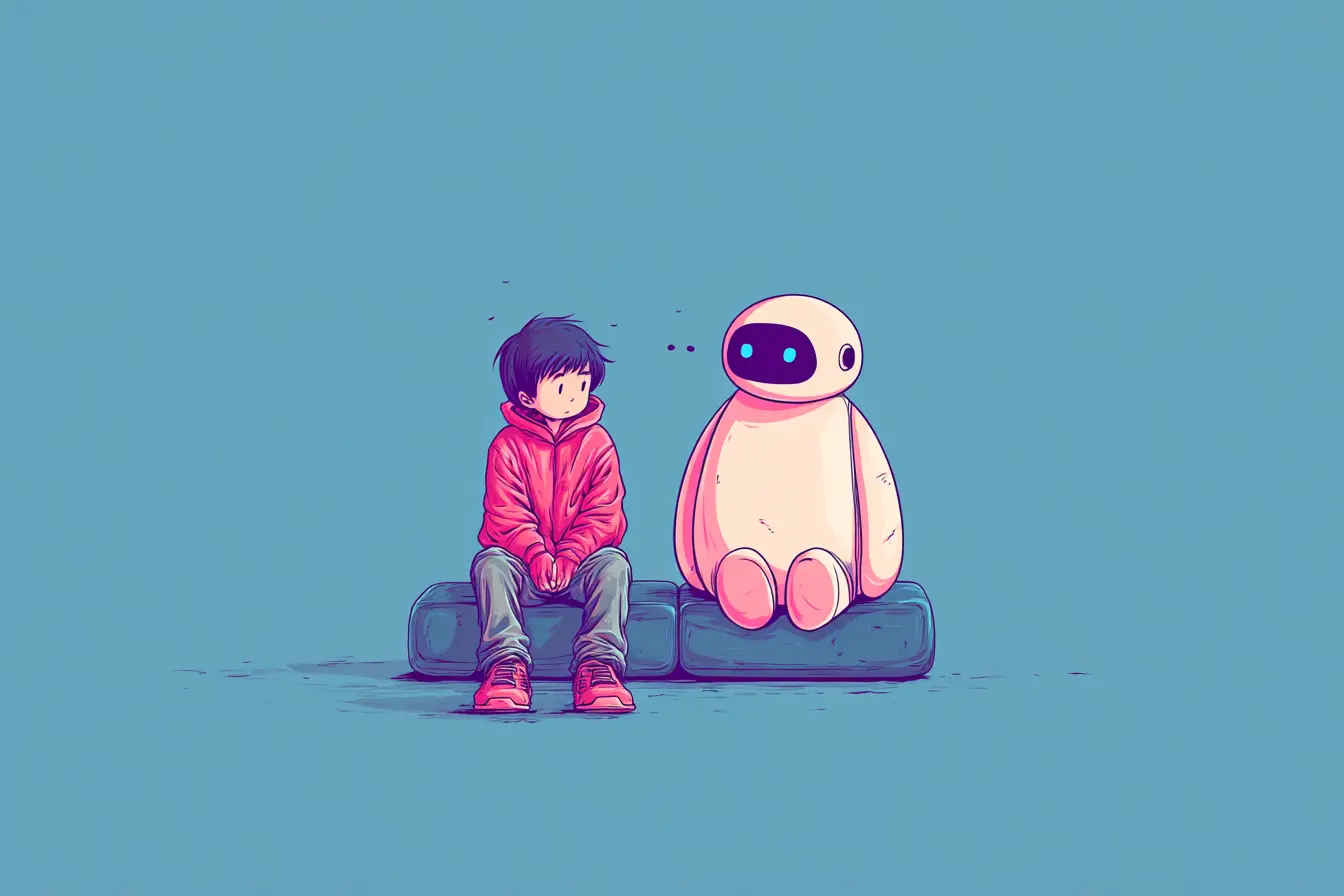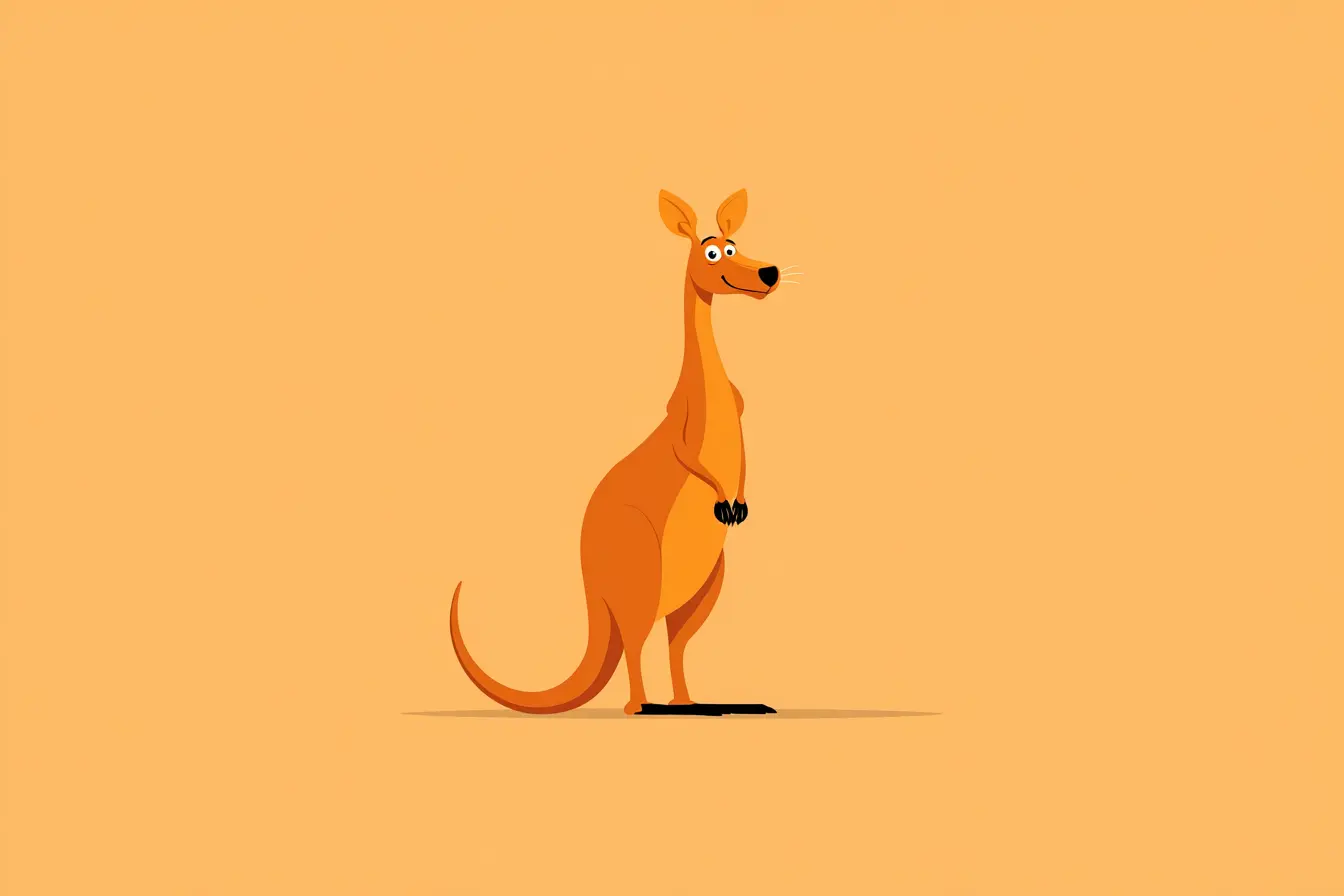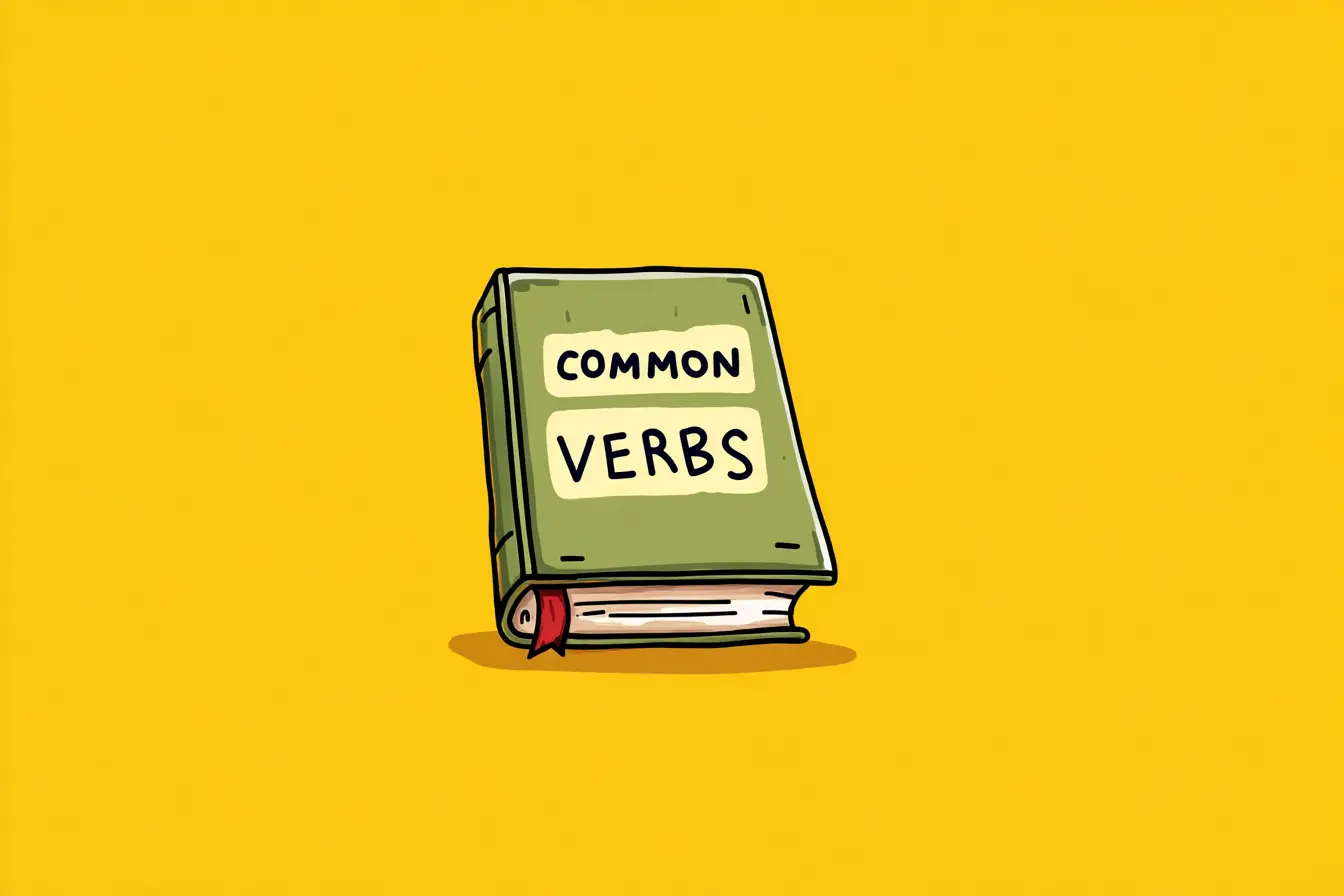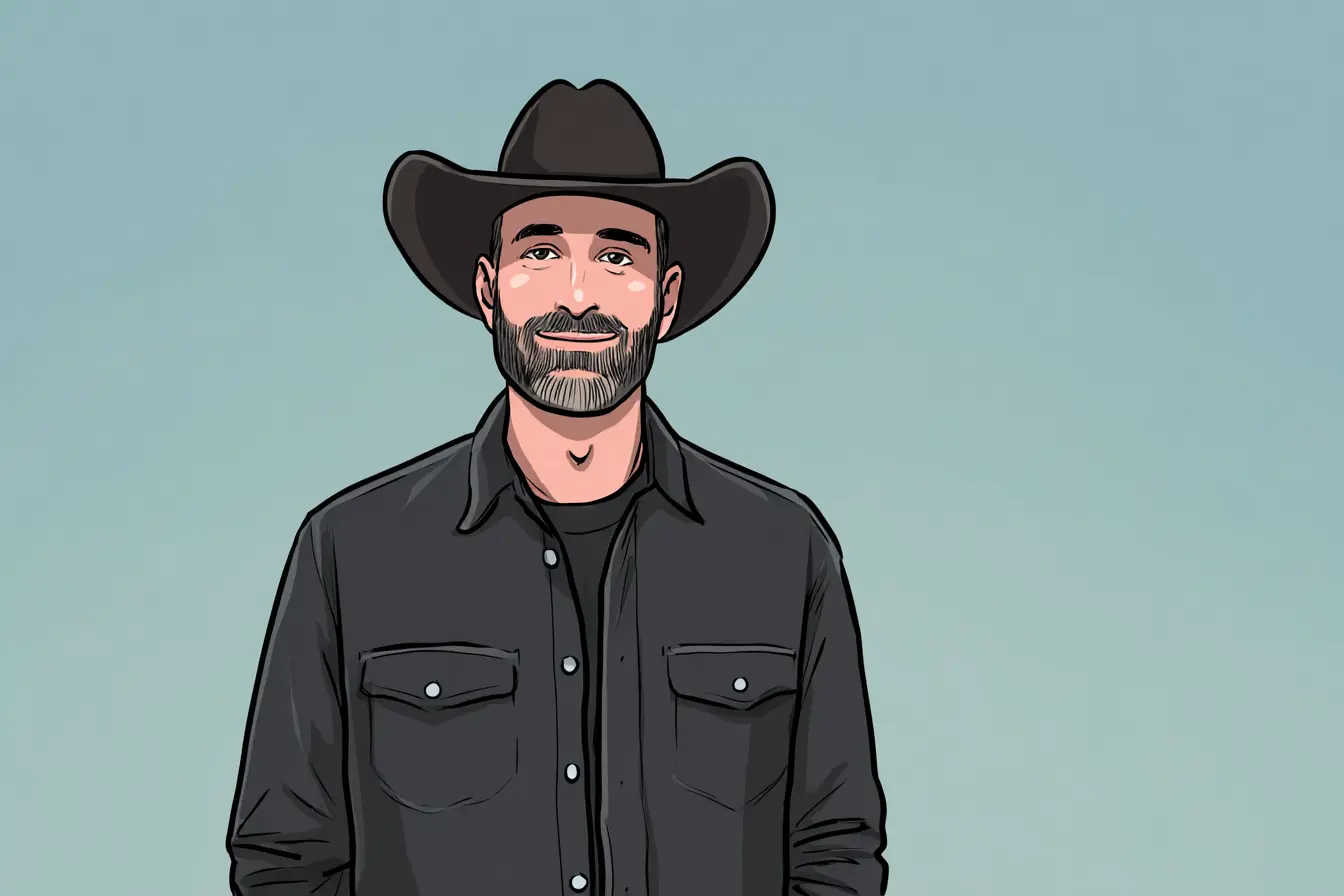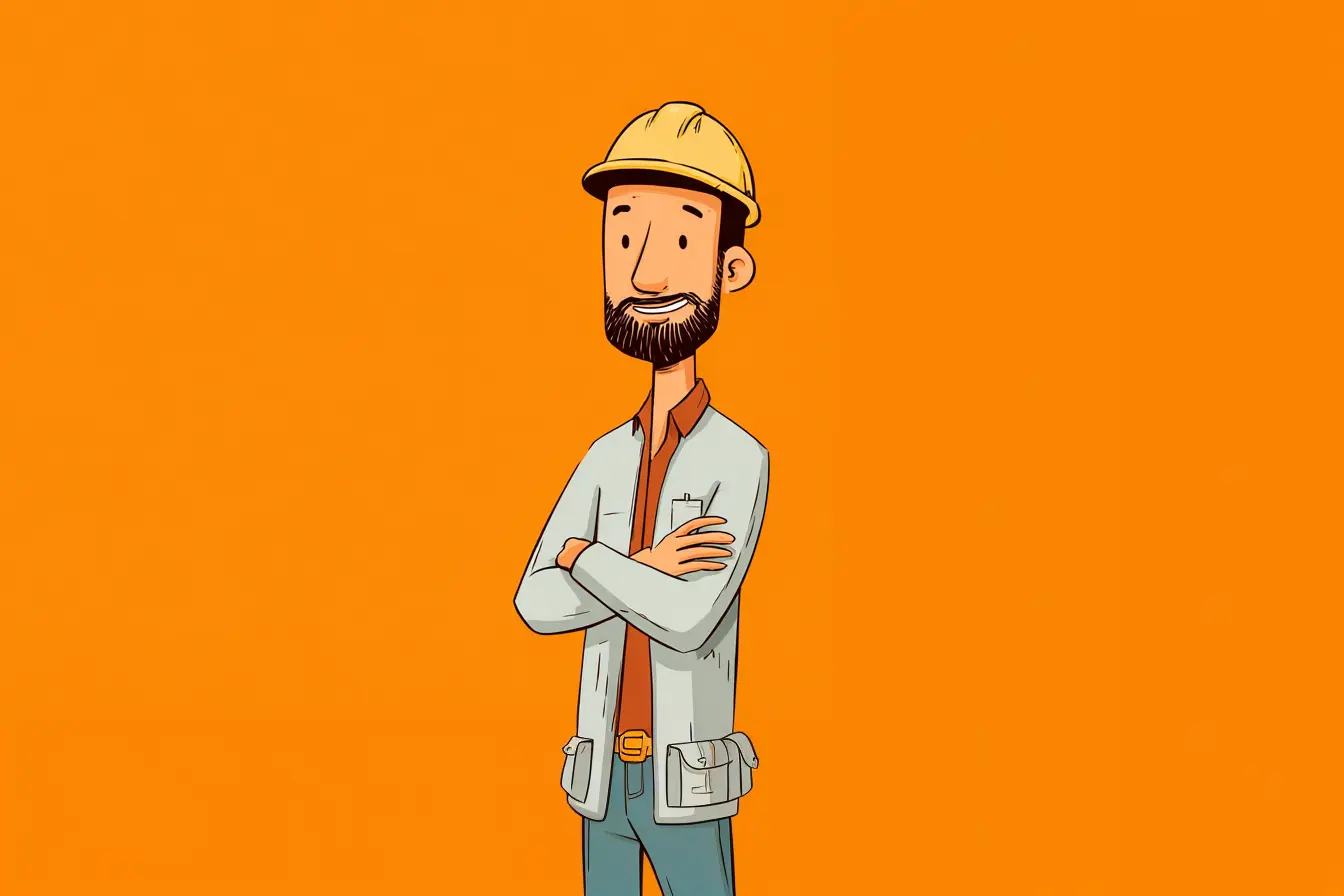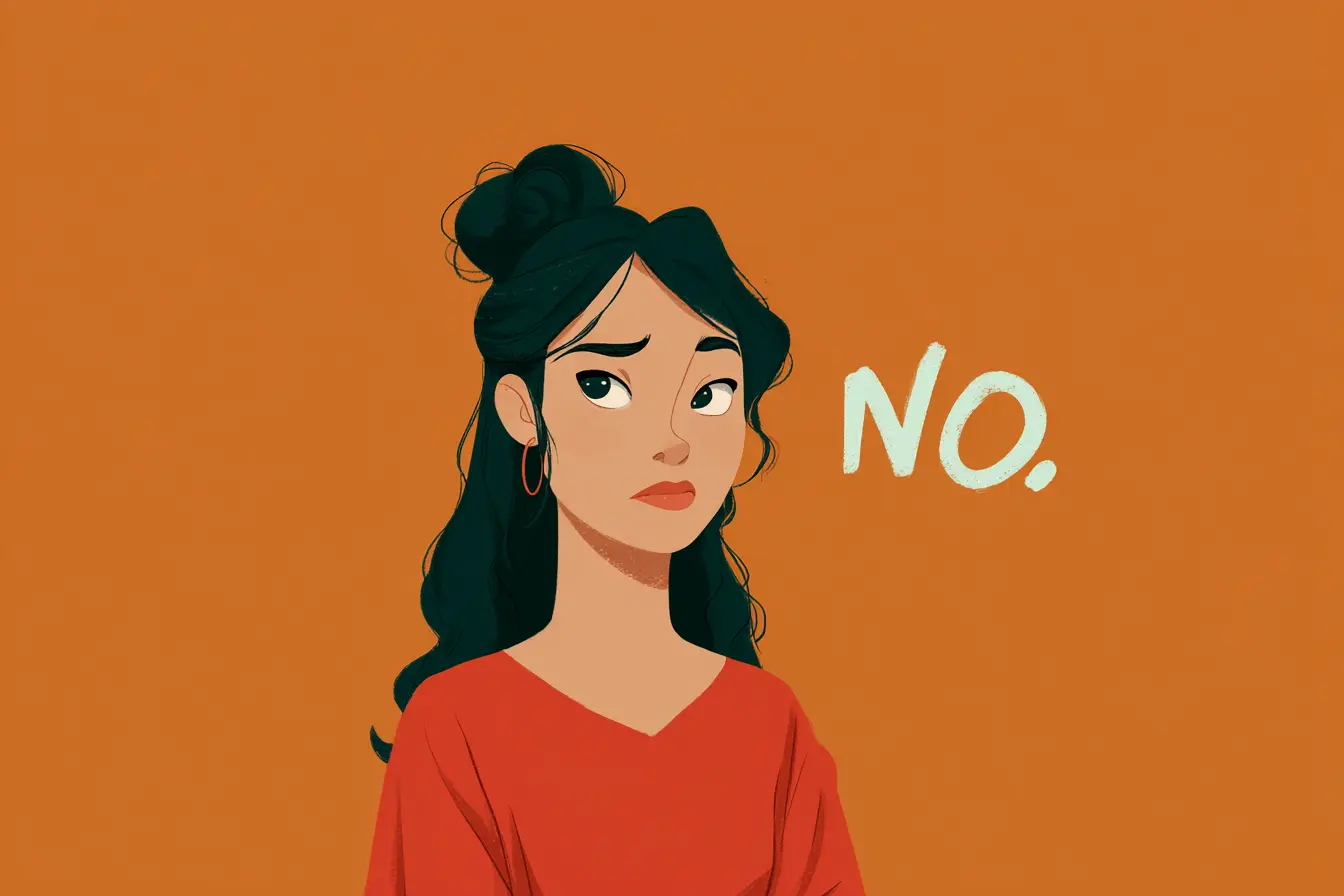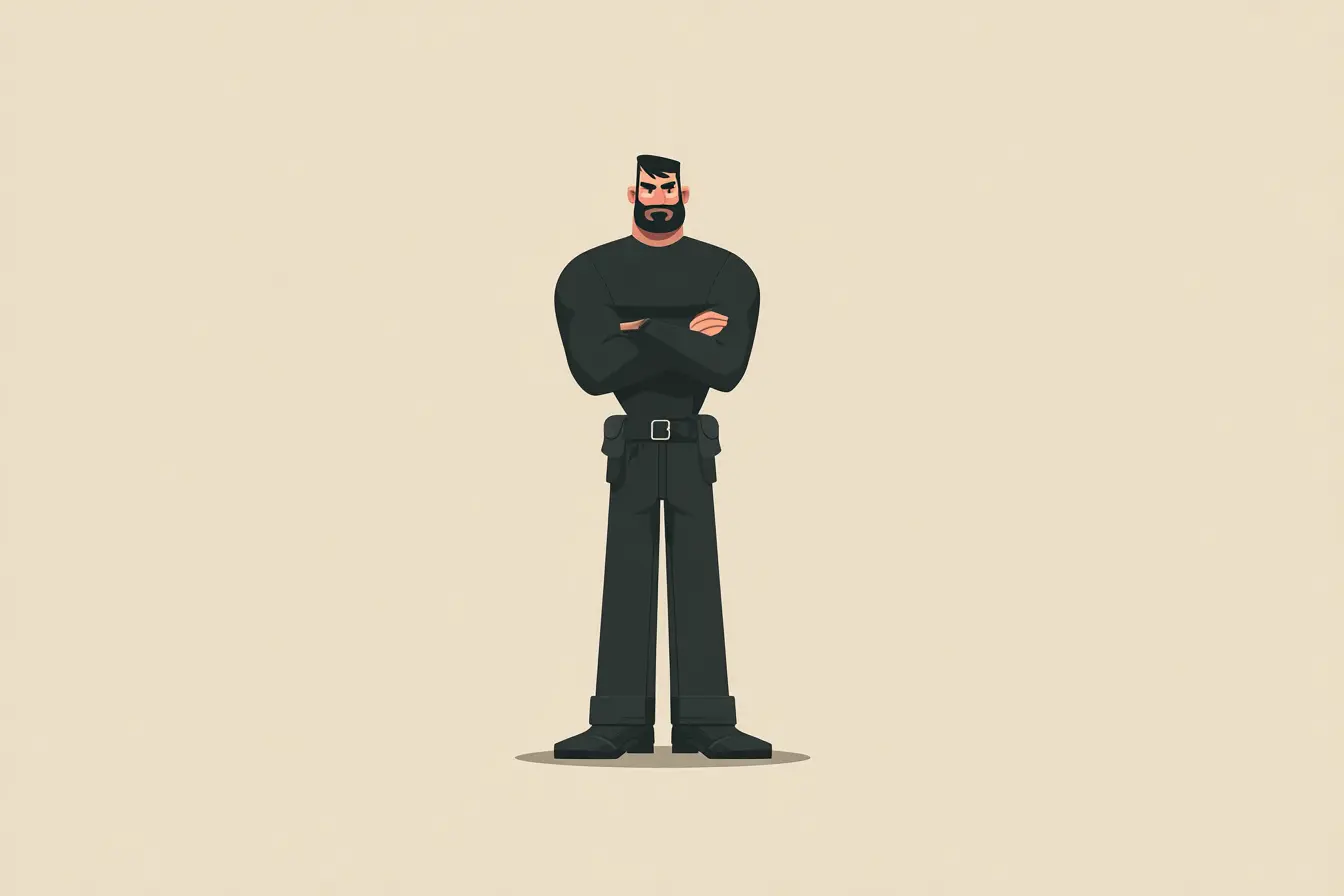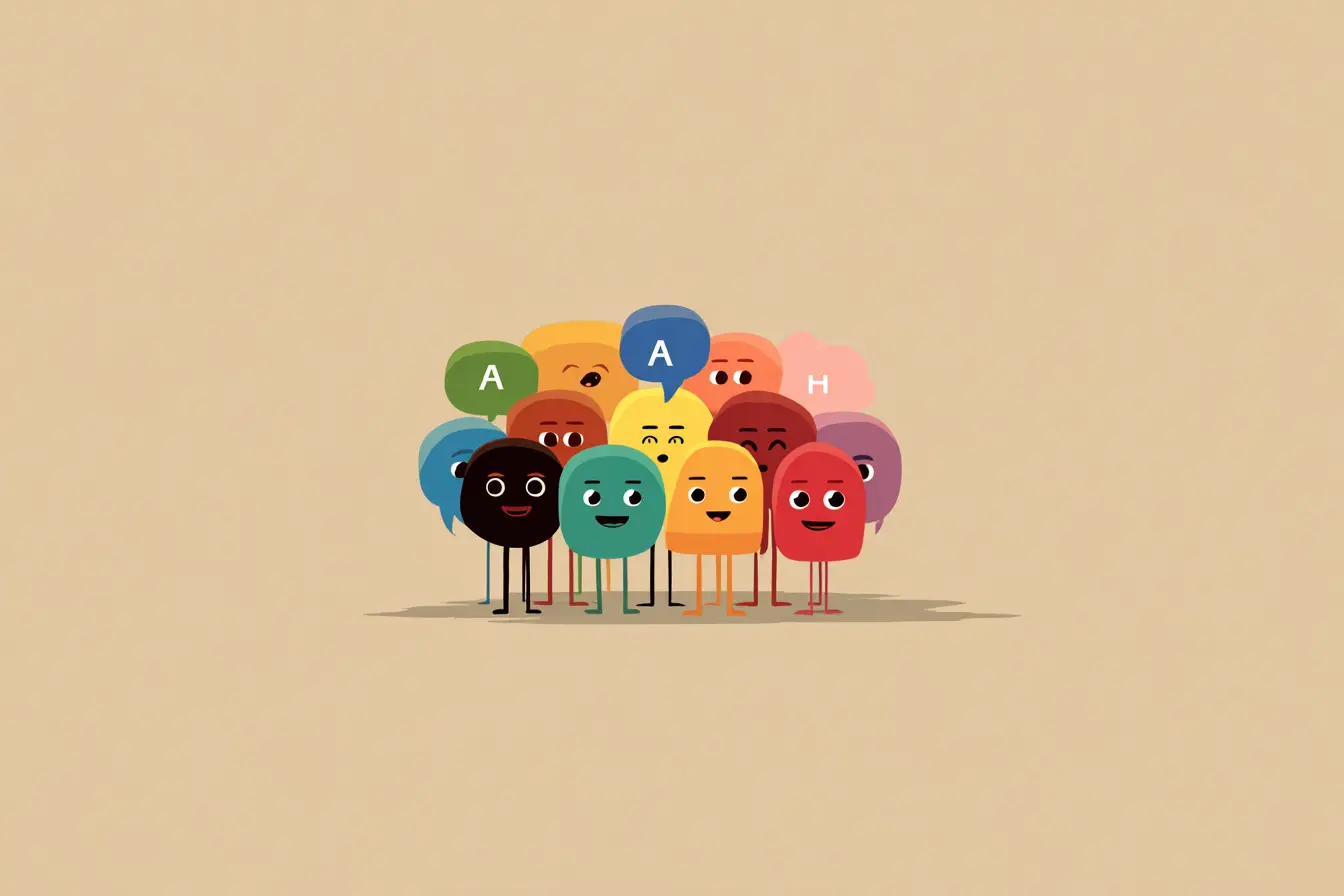The Chicago accent has a sound you won’t mistake for anything else. It’s nasal, punchy, full of character and often misunderstood. Popular culture has turned it into a running joke (“Da Bears”), but behind that voice is a real and fascinating linguistic story shaped by neighborhoods, immigration, class, and time.
So, what exactly makes the Chicago accent tick? And why do people from the same city sound so different depending on what side of town they’re from?
Let’s break it all down.
What the Chicago Accent Sounds Like
The Chicago accent is part of the Inland North dialect region, which stretches through parts of Illinois, Indiana, Michigan, and Wisconsin. But Chicago’s version is special. It’s more extreme in some areas, flatter in others, and packed with unique pronunciation patterns.
Some standout features include:
- The “short a” in words like cat or bad is raised or turned into a diphthong: → “cat” becomes “kyat” or “kee-at”
- The vowel in cot and caught is distinct. Chicagoans still pronounce these words differently, unlike most Americans today
- “Bag” often sounds like “bayg,” “pop” like “pahp”
- The th sound often gets replaced with d or t in casual speech: → “this thing” becomes “dis ting”
Where “Da Bears” Comes From and What It Means
If you’ve heard the phrase Da Bears, you’ve already encountered the pop-culture version of the accent. But let’s give it some context.
In the early 1990s, Saturday Night Live created a recurring sketch featuring a group of sports-obsessed Chicago men: mustaches, sunglasses, thick accents, and all. They loved beer, Polish sausage, and the Chicago Bears football team. Instead of saying “The Bears”, they said “Da Bears”.
It was meant to be funny, and it was, but it also cemented a stereotype: that Chicagoans all talk like loud guys from the South Side yelling about football.
That accent is real, but only one piece of the picture. Let’s look at how much more complex it actually is.
Not All Chicago Accents Are the Same
North Side vs. South Side
One of the most striking divides in Chicago is geographic. Locals know there’s a big difference between how people from the North Side and the South Side speak.
South Side:
- This is where you’ll find the thickest version of the accent.
- Older, white, working-class neighborhoods often preserve the full vowel shifts.
- You’ll hear heavy nasal vowels, strong d/th substitutions, and flat intonation.
- Phrases like “tree hundred dollars” instead of “three hundred” are common.
North Side:
- The accent is lighter here and sometimes barely noticeable.
- Younger generations tend to speak closer to General American English.
- Many residents are college-educated, and the area includes more transplants and suburban influence.
- Still, features like the raised “a” or “bayg” for “bag” often remain.
West Side and Surrounding Suburbs
- The West Side has historically included strong immigrant communities (especially Polish and Italian), which shaped the accent through the 20th century.
- In suburbs like Cicero or Berwyn, you’ll hear a blend of traditional Chicago vowels and newer patterns, sometimes closer to white working-class South Side speech.
African American and Latino Communities
- African American English (AAE) in Chicago has its own rhythm, vocabulary, and grammar, distinct from the traditional “white ethnic” Chicago accent.
- In Latino neighborhoods, especially with a large Mexican-American population, the local accent blends elements of Chicano English with Chicago vowel shifts, creating new speech patterns entirely.
How to Talk Like You’re from Chicago
Trying to imitate a Chicago accent? Here are some realistic tips: not over-the-top impressions, but things that real Chicagoans actually do:
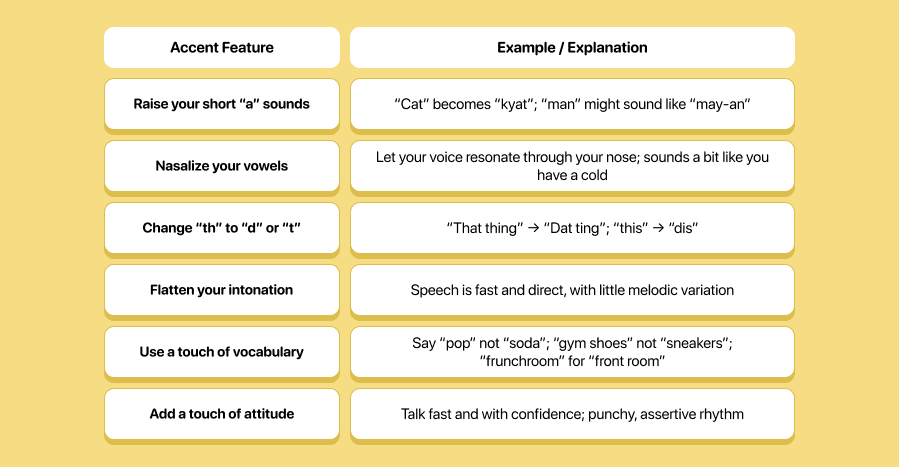
Famous Chicago Accents in Pop Culture
While Saturday Night Live’s “Superfans” sketch is the most famous (and most exaggerated) portrayal of the Chicago accent, there are plenty of other places to hear it—some subtle, some authentic, and some iconic in their own way.
🎬 Blues Brothers (1980) – Dan Aykroyd and John Belushi
- While their speech is a little cleaned up, the Chicago roots come through in their tone and word choice.
- Bonus: the film features real Chicago locations and attitude.
🎬 The Bear (2022–...)
- This recent series set in a Chicago sandwich shop is full of authentic local flavor: accents, slang, culture, and tension included.
- Characters like Richie (Ebon Moss-Bachrach) bring a very natural, believable version of the Chicago accent to life.
Is the Accent Disappearing?
The short answer: yes, at least in its thickest form. Younger Chicagoans often speak in a more neutral accent, closer to what you hear on national news. This is due to:
- TV and social media exposure
- Greater mobility and suburbanization
- More multicultural and multilingual households
But the classic features (raised vowels, nasal tones, “dis and dat”) are still around. You’ll hear them in neighborhoods, family gatherings, local politics, and of course, sports talk.
The accent isn’t dying. It’s just changing with the city.
The Chicago accent tells a story. It’s a marker of identity, class, pride, and even resistance. For many people, it’s a badge of where they’re from and how they see the world.
If you're curious about how people talk in other parts of the U.S., check out our in-depth look at the New York accent, another iconic voice with its own unique story.
FAQ
Why do people from Chicago say "pop" instead of "soda"?
This is a classic regional term. In the Midwest, especially in Chicago, “pop” has been the go-to word for soft drinks for generations. It’s one of the small but telling markers of local identity.
Do all Chicagoans speak with the same accent?
Not at all. The accent varies depending on neighborhood, age, ethnicity, and social background. Someone from the South Side might sound completely different from someone in the North Side suburbs.
Is the Chicago accent disappearing?
It’s evolving. While the thickest forms are less common among young people, key features like raised vowels and nasal tones are still alive in many parts of the city.


